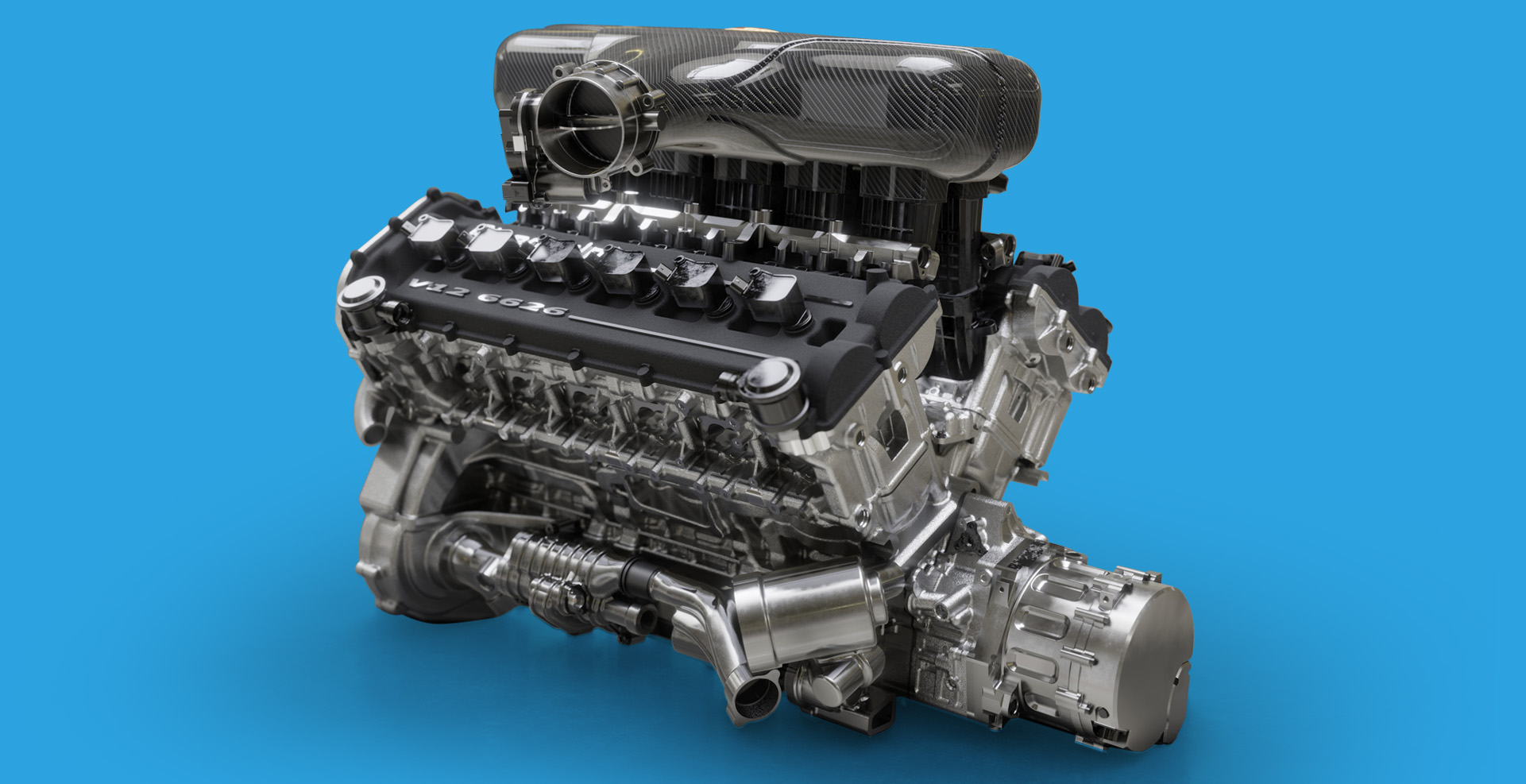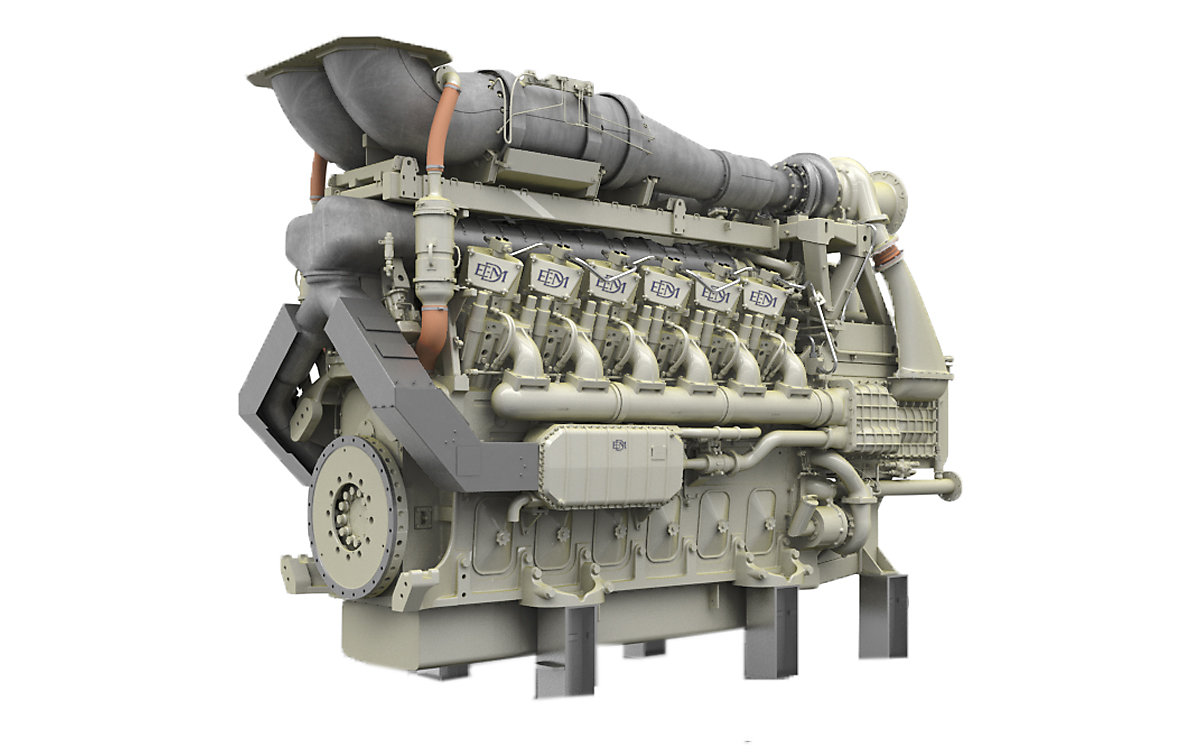Your Best Auto Parts Store for Engines for Africa and Extra
Your Best Auto Parts Store for Engines for Africa and Extra
Blog Article
The Mission for Ultimate Driving Power: Investigating the Peak of Engine Efficiency and Technological Innovations in the Automotive Sector
In the world of automobile design, the pursuit of maximum driving power has been an unrelenting pursuit that has actually unfolded through the advancement of engine design and the assimilation of advanced innovations. From the meticulous workmanship of burning engines to the fast innovations in electrical propulsion systems, the automobile sector stands at the cusp of a new age defined by extraordinary performance capacities.
Evolution of Engine Design

Furthermore, the assimilation of turbocharging and supercharging technologies has revolutionized engine style by boosting power without dramatically raising engine size. These forced induction systems compress the intake air, enabling even more gas to be combusted, therefore generating greater power result from a smaller sized engine. This innovation has actually been specifically important in enhancing the efficiency of smaller displacement engines while keeping fuel effectiveness standards.

Performance-Enhancing Gas Technologies
The execution of advanced fuel modern technologies has actually considerably contributed to boosting engine performance in modern-day lorries. Biofuels, acquired from sustainable resources like algae, corn, or sugarcane, deal improved and lowered discharges engine efficiency. In addition, fuel ingredients and detergents are being created to clean engine components, enhance burning, and lower rubbing, thus improving general automobile performance.
Advancements in Electric Propulsion
Substantial strides in electrical propulsion technology have actually reinvented the automotive market, paving the means for a new era of reliable and lasting transport. Electric lorries (EVs) are gaining appeal as a result of their ecological benefits and innovations in battery innovation, enabling longer driving arrays and much shorter charging times. Manufacturers are investing heavily in research study and growth to boost the performance of electrical propulsion systems, focusing on enhancing power outcome, enhancing energy performance, and lowering overall weight.
One notable development in electric propulsion is the growth of innovative electric motors that deliver greater torque and power thickness, leading to boosted velocity and general driving efficiency. Additionally, regenerative braking systems have been fine-tuned to record and keep energy during deceleration, additional boosting the effectiveness of EVs.
Additionally, the combination of wise modern technologies, such as expert system and predictive analytics, is maximizing the administration of electrical propulsion systems, ensuring ideal performance under different driving conditions. These developments in electric propulsion are reshaping the auto landscape, driving the sector in the direction of a more lasting and energized future.
Influence of Computational Fluid Characteristics
With improvements in electric propulsion pushing the borders of automobile modern technology, the integration of Computational Fluid Dynamics is playing a critical duty in maximizing wind resistant efficiency and improving overall effectiveness in lorry layout. Computational Liquid Dynamics (CFD) includes using computer simulations to examine the flow of air around a vehicle, making it possible for designers to predict just how design modifications will certainly affect the rules of aerodynamics without the requirement for costly physical models. By properly modeling air flow patterns, CFD enables the refinement of lorry forms to reduce drag, improve cooling, and improve security.
CFD enables designers to optimize airflow around components such as radiators, engine bays, and wheel wells, contributing to improved performance and general driving experience. In verdict, the assimilation of Computational Fluid Characteristics represents a substantial step forward in the mission for best driving power and efficiency in the vehicle market.
Future Fads in Engine Innovation
In the vibrant landscape of vehicle engineering, sophisticated innovations are shaping the future trajectory of engine development. The future of engine design is noted by a strong emphasis on sustainability, efficiency, and effectiveness. Suppliers are progressively concentrating on creating engines that not only supply high power outcomes but also prioritize environmental responsibility by minimizing exhausts and improving gas effectiveness.
One famous pattern in engine innovation navigate here is the rise of electrification. Hybrid and electric powertrains are gaining grip as sensible alternatives to standard burning engines. These innovations supply the potential for significant reductions in carbon emissions and increased energy effectiveness, aligning with global efforts to combat environment change.
Furthermore, innovations in materials science and production strategies are enabling the production of lighter and extra durable engine parts. This shift in the direction of lightweight products such as carbon fiber and light weight aluminum alloys adds website link to boosted efficiency and fuel economic climate.
Verdict
To conclude, the quest of ultimate driving power in the automotive industry proceeds to drive improvements in engine style, gas technologies, electric propulsion, and computational fluid dynamics. The development of these innovations is shaping the future of engine advancement, paving the means for extra powerful and effective vehicles (engines for africa). As the sector continues to press the borders of what is feasible, we can expect to see much more revolutionary developments in the pursuit for peak performance
One of the key milestones in engine style advancement is the transition from traditional carbureted engines to modern fuel-injected systems. By exactly metering the fuel delivery to each cyndrical tube, fuel-injected engines enhance combustion, resulting in far better performance and decreased environmental impact.
In addition, the integration of turbocharging and turbo charging innovations has actually transformed engine design by improving power without significantly increasing engine size (engines for africa).The execution of advanced fuel modern technologies has substantially added to enhancing engine performance in modern-day automobiles. In addition, gas ingredients and cleaning agents are being developed to tidy engine components, optimize combustion, and decrease rubbing, thus click now enhancing overall vehicle efficiency
Report this page